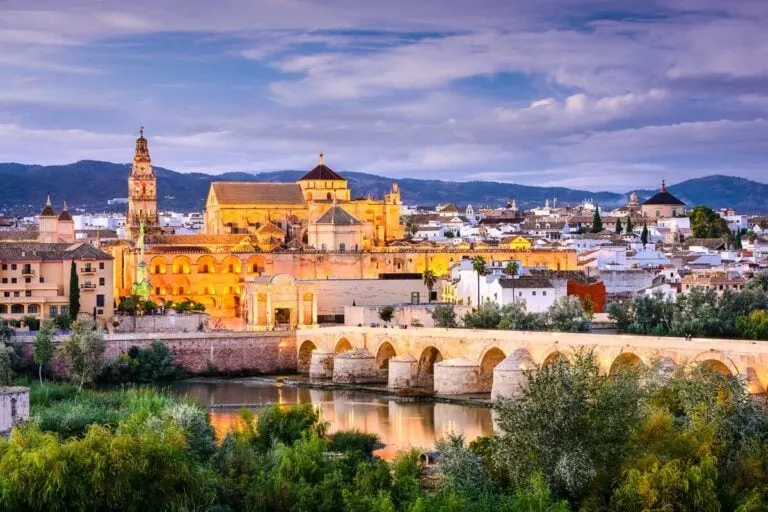The Gaudi landmarks, towering Sagrada Familia, and lively palm-lined boardwalk straddling an azure sea—there are many reasons why Americans would put Barcelona at the top of their Spain wishlist and many reasons why they wouldn’t.
Between the increased tourist phobia and rising room rates, the Catalonian hub no longer feels like the welcoming city it once was.
Lucky for the culture-hungry, sun-loving tourist, it’s far from being the country’s only must-see spot.
Located in the very heart of the warmest region of Spain, this alternative destination has a marvelous Old Town, no deep-seated anti-American sentiment, and it offers affordable eats:
Meet Spain’s Hidden Cultural Treasure
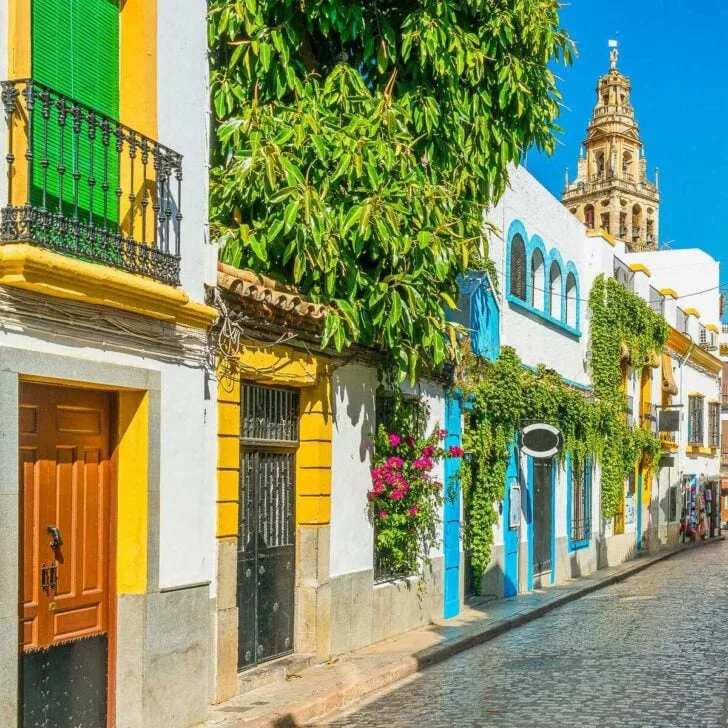
Cordoba is an inland city in Andalusia, a region in southwestern Spain known for its scorching hot summers and very mild fall weather.
It boasts a rich ancient heritage traced as far back as the Roman Empire.
Born as a Roman colony, and at one point a trading hub in its successor, the Visigothic Kingdom, the city would only achieve notoriety after being captured by the Umayyad, Muslims from North Africa, in the 8th century AD.
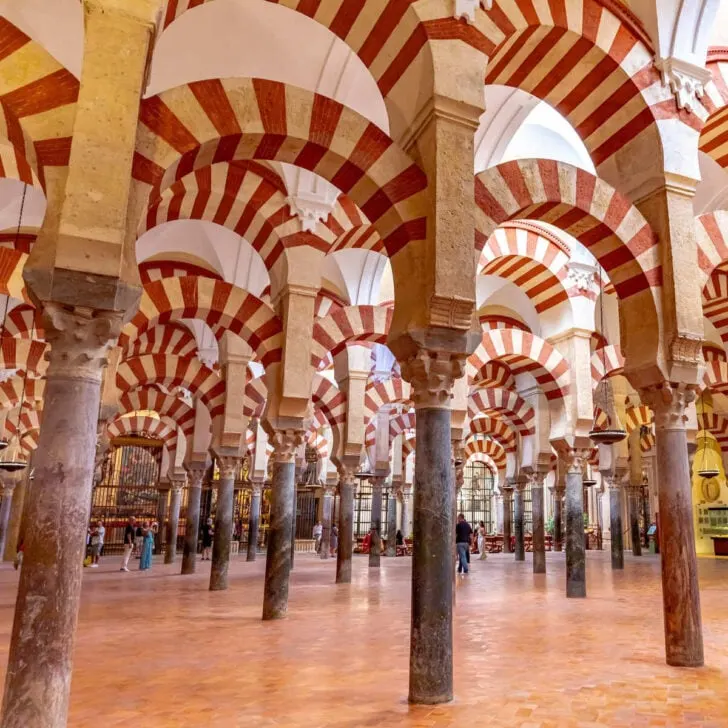
They established the Caliphate of Cordoba, making the namesake city their capital, from which they ruled the entirety of al-Andalus and its many provinces, that would, many centuries later, become Andalusia––needless to say, Cordoba’s historical relevance cannot be so easily understated.
At one point, it was even the second-largest city in Europe.
It would eventually be retaken by the Spaniards, who chased the Muslim rulers out of Spain from the 13th-century onward, but a majority of Cordoba’s most notable architectural ensembles are attributed to its North African settlers.
What Is Cordoba Famous For?
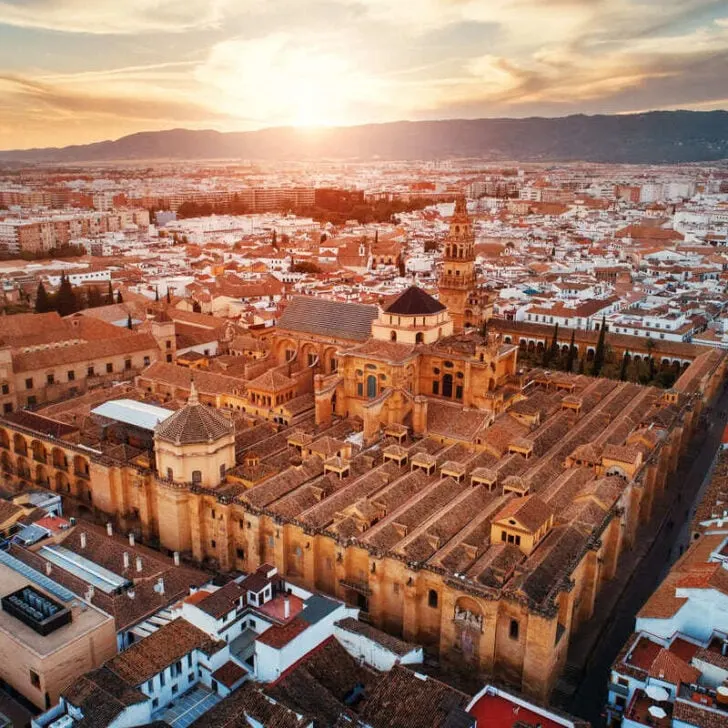
These include the Mosque-Cathedral––as the name indicates, it was originally built as a mosque prior to being converted into a Christian temple following the Spanish Reconquest––and the Moorish-style Old Town, resembling a North African medina.
Instead of Barcelona’s stately Art Nouveau facades, picture a maze of car-free, winding alleys lined by low, whitewashed houses, and in lieu of paella and fried fish, it’s Andaluz salmorejo and couscous you’ll find in local menus.
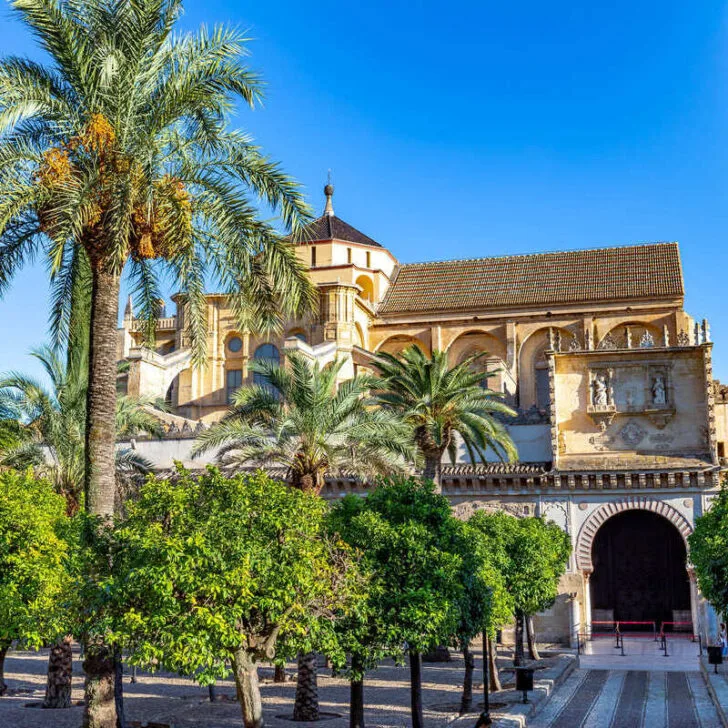
Cordoba may well be irrevocably Spanish today, but its African influences are still visible, be in the architecture, the cuisine, or even the landscaping, with lush gardens characterized by their geometric plantings, long ponds and arched walks.
Other noteworthy monuments include the Roman Bridge of Cordoba, though much of what you see today is an Arab reconstruction, the Alcázar de los Reyes Cristianos, a luxurious medieval fortress on the shores of the Guadalquivir River, and the ruins of the Madinat al-Zahra citadel.
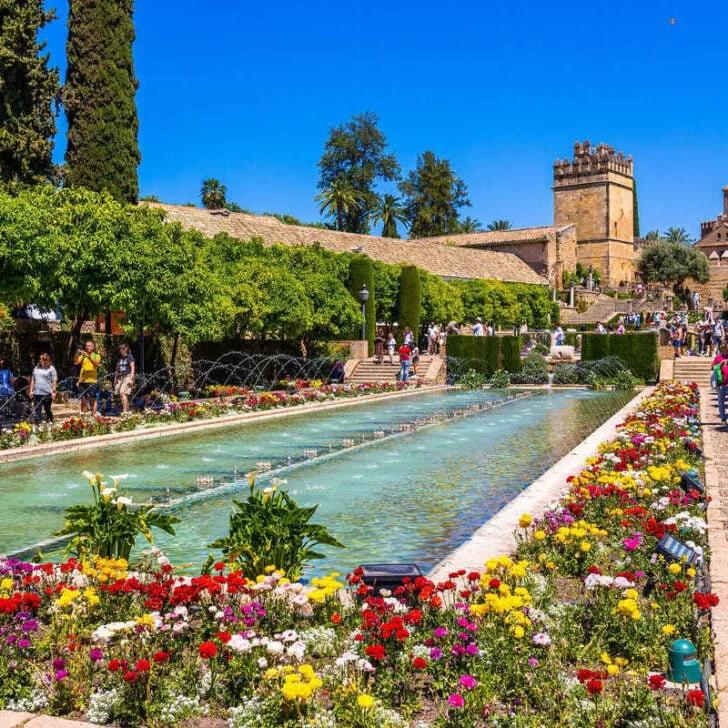
The whole of Cordoba’s historic center is a UNESCO World Heritage Site, so it’s hardly a surprise tourists, and Americans in particular, are visiting in droves:
Why Are Tourists Now Heading For Cordoba?
According to Daniel Garcia-Ibarrola, the Councilor for Tourism of the City of Cordoba, the cultural gem has seen a 14 percent growth in the number of visitors this year compared to the previous one, totaling 136,267 so far.
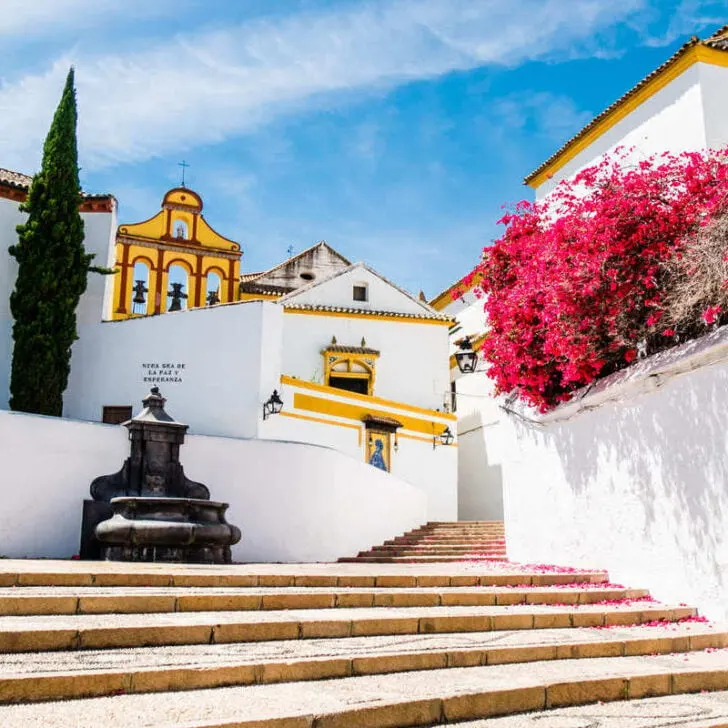
This may not sound like much when compared to hugely popular leisure destinations like Barcelona or even Andalusia’s own Malaga, but compared to these coastal resorts, Cordoba is a much smaller city, home to 325,708 residents, and it’s not typically on the average tourist’s radar.
Out of the 100,000 visitors it saw in 2024, over half were Spaniards.
This shows that, despite its obvious historical appeal, Cordoba remains a hidden national treasure most foreigners are sleeping on.
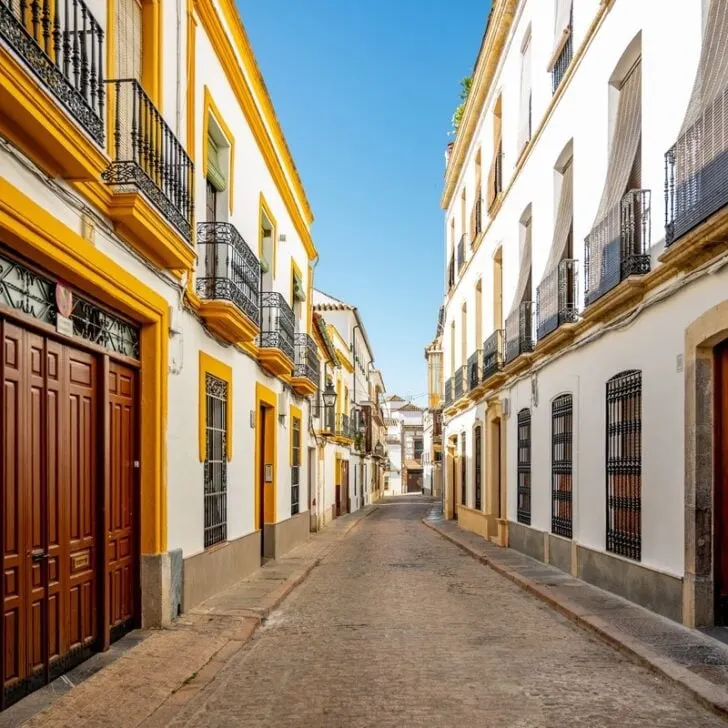
Be that as it may, Americans are showing increased interest in Cordoba: according to Garcia-Ibarrola, this is a market that has risen by 24 percent year-on-year, and it may have something to do with the fact that U.S. travelers are looking for quieter places.
Spain is one of the most heavily-touristed countries in Europe, to the point locals themselves are teaming up to openly discourage more tourists from coming: recently in Barcelona, non-locals were even attacked with water pistols while dining out, to disparaging chants of ‘Go home!‘
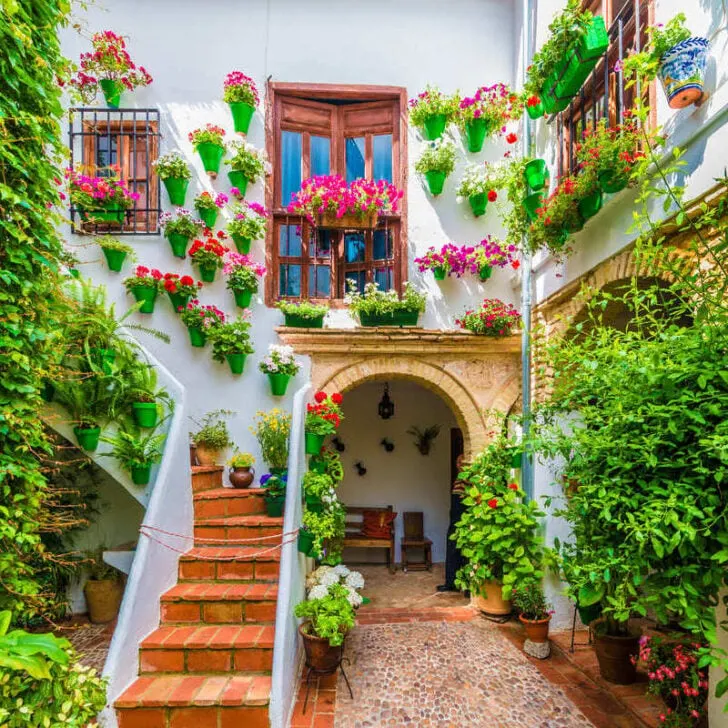
Not in Cordoba: there have only been 6,950 American visitors in the first semester, and when it comes to Europeans, they’re far more numerous, with 115,986 arrivals from the European Union, but tourism in general keeps within acceptable levels.
All of this to say: the Historic Center of Cordoba is definitely not as crowded, and jam-packed with tour groups as Barcelona’s Gothic Quarter.
Cordoba Is Much Cheaper Than Barcelona, Too
Local prices are considerably cheaper, too:
A lamb tagine dinner at Bocaito Andalusi Halal, paying homage to Cordoba’s Arab heritage and one of the top-rated cheap eats in town will cost you $14 tops, while a generous platter of presa iberica and spicy panadera potatoes will set you back $21.14 at a casual riverside tavern.
That’s usually the most expensive thing on the menu, mind you.
On average, tourists spend an acceptable $37 on meals per day in Cordoba, and they’re not breaking the bank when booking accommodation, either:
Located in the very center, Hotel Macia Alfaros has single rooms listed from only $72.36 a night, within a 15-minute walk to the Mosque-Cathedral, and its gorgeous swimming pool definitely makes up for Cordoba’s lack of beaches.
Equally pool-equipped, Hotel Oasis is even cheaper to book, $54.10 a night, and if you wouldn’t mind a little treat, the landmark Eurostars Conquistador, a Moroccan-inspired riad proudly brandishing its 4-stars will set you back by $188 a night this fall.
Even luxury stays are reasonably priced on this side of Spain.
Summer-Like Temps In October
Last but certainly not least, Cordoba may not have beaches, but it enjoys–or it suffers, depending on who you ask–one of the highest temperatures not only in Spain but in Europe.
The average summer high is 99°F, and in the fall, it’s not unusual for temperatures to remain above 90°F in the daytime and drop to lows of 60°F overnight.
In other words, we wouldn’t be packing that extra jumper if we were you.
Credit: Source link

